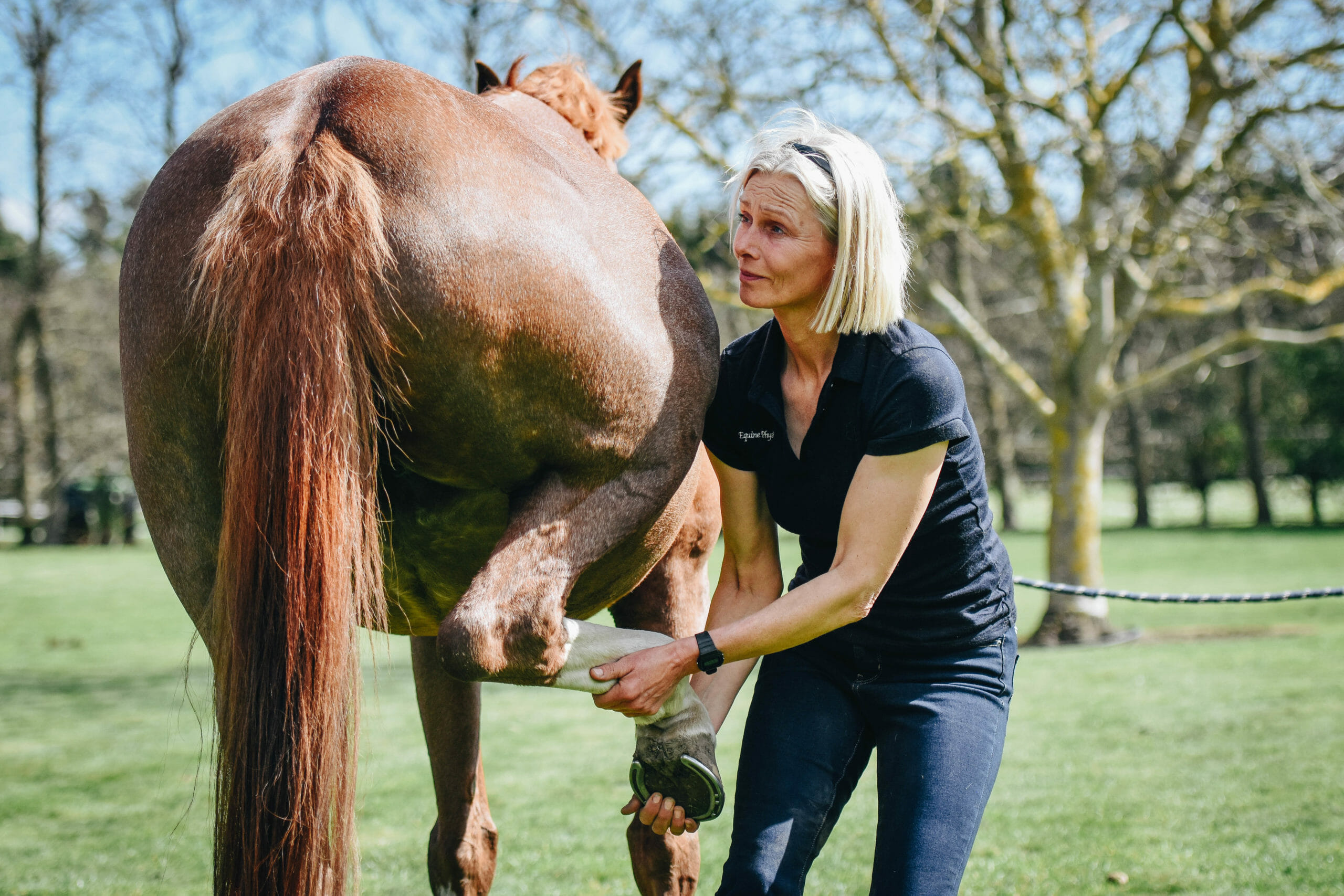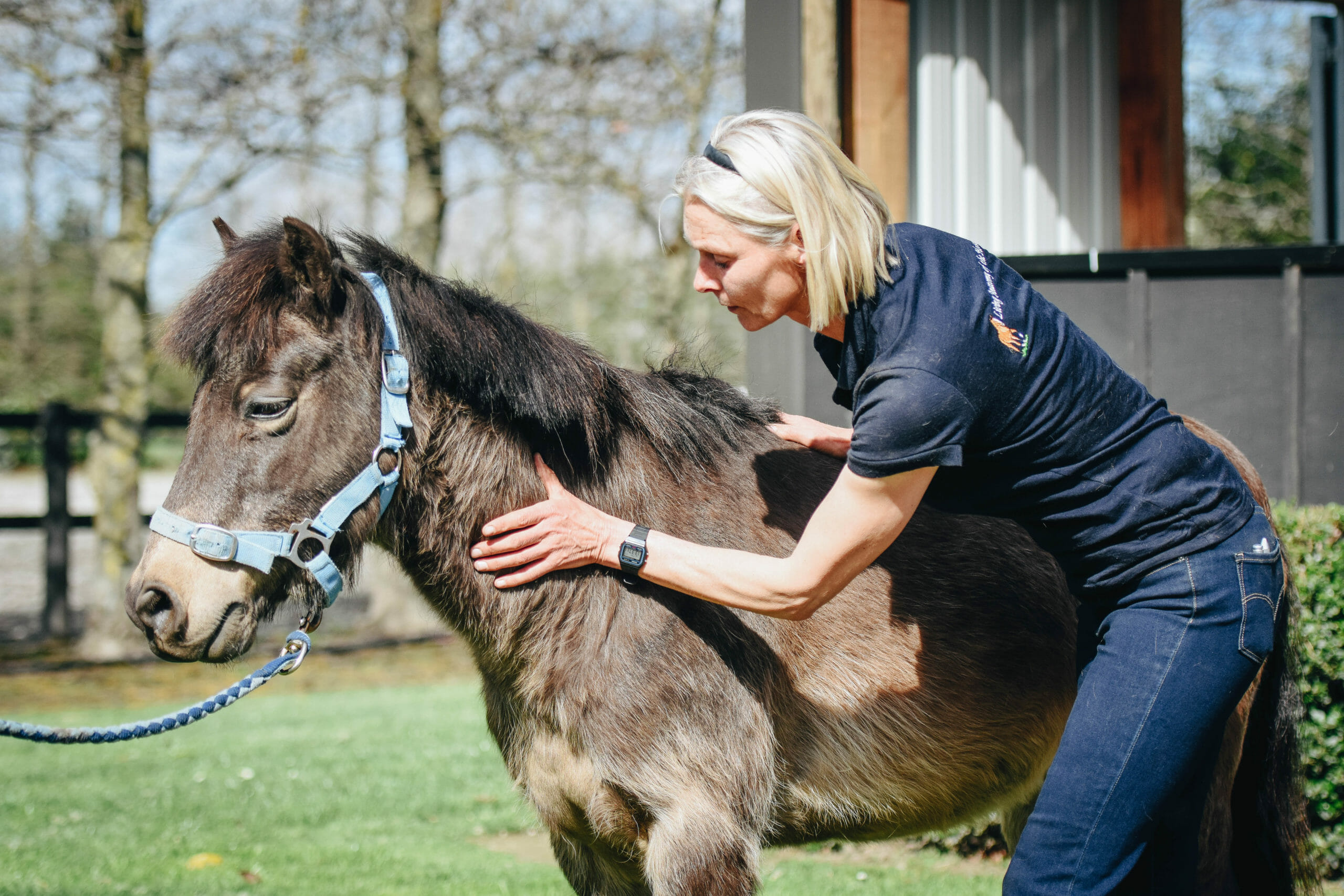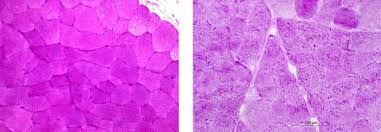It takes a village to keep a horse healthy
By Nicolett Geldermann
In recent years, equine therapy has become increasingly popular due to a growing demand from horse owners for alternative therapies. There are many different therapy modalities, and while they vary within their techniques, they all have the overall goal of providing an additional option to treat our equine partners to improve and maintain good health physically and mentally.
In my practice as an equine bodyworker, common concerns of horse owners include performance drops, girthiness, grumpiness, tenderness over back musculature, headshaking, the farrier having difficulties shoeing behind, accidents, and the list goes on.
A concerned owner sometimes has high hopes that the horse can be ‘fixed’ by one or perhaps two bodywork sessions.
Understanding body work
Equine therapy is generally designed to assess and improve possible muscle and joint stiffness and help areas of pain. Every equine bodyworker will – most of the time – work through a few problems during a session, simply due to the fact that horses are not evolved to carry weight on their back. Adding to this, horses are incredibly strong and athletic. Unfortunately, they also are masters in compensating and hiding pain, which makes them incredibly vulnerable. So sometimes a problem is more complex than e.g. working on trigger points and the problem goes away. The biggest challenge of equine therapy is to provide individual care for a wide range of musculoskeletal discomfort or pain, which at times can result in behavioral problems.
Asymmetrical shoulders example
A horse, for example, is presented with asymmetrical shoulders. The area of the shoulders may not even be too painful, but the asymmetry will influence the saddle fit. Unless the saddle fitter is employed by the owner to adjust the flocking, the saddle inevitably will cause pressure points, which hurt the horse. The equine therapist also needs to focus on the length of the legs and the angles of the hooves. Where the horse has imbalanced feet, the internal structures will experience different loading patterns during locomotion, which is likely to influence the integrity of the hooves. As a lot of lamenesses originate from the foot, it will be crucial for the farrier to minimize foot problems, so the owner might need to be encouraged to get the vet to take foot-balance x-rays for the farrier.
 Clinical condition example
Clinical condition example
A lame horse, for example, presents a clinical condition, which needs to be referred to the veterinarian for medical care, before bodywork is performed. If the lameness is caused by e.g. bony changes as a result of osteoarthritis, the vet can then refer back to the equine therapist, who can provide pain relief and enhance the horse’s quality of life by helping to optimize the use of the muscles and the joints and work out a suitable training program for the horse and rider.
It takes a team!
When meeting a horse for the first time my functional assessment not only comprises a thorough body checkup to detect areas of pain, asymmetries, restricted range of motion or a suspected compensatory lameness. It also takes into account the horse’s behavioral response, dental care, diet, gear fit, fitness of the rider, the training of the horse and the horse-rider relationship. In this respect it is vital and extremely helpful for the equine bodyworker to create a bubble of equine experts; understand how they work; and, if needed, point the owner in the right direction.
I’d like to think about all equine bodyworkers as the ‘middle’ person, who can be the key to helping the owner to put all pieces of the puzzle together and provide them with reliable resources and education. Owners only want the best for their horses and owning a horse is a serious financial commitment. Equine therapy is a costly extra on top of everything else. However good advice is priceless. It will save you money in the long term and benefit the health of your horse.
It takes a village!
My advice for owners is to ask questions: what treatment is applied, how does it work, what qualifications does he/she have (a weekend course or tips from an ‘old experienced horseman’ often isn’t enough), does he/she have references from other equine experts in the field.
“It takes a village to raise a child”
This metaphor is true for achieving the best result for your horse by creating a good team.
About Nicolett:
After achieving a Masters degree in Science of Education in 1994, Nicolett started to work full time on professional stud farms for warmbloods in Germany gaining vast experience in horse breeding, breaking in & schooling.
Nicolett qualified with a Diploma in Horse Breeding, Training and Care. During years of working with high profile sport horses in Dressage & Show Jumping including the PSI stable run by Ulrich Kasselmann and Paul Schockemöhle, Nicolett developed a passion for Horse Anatomy & Biomechanics.
She then worked & studied for 2.5 years at the German Institute for Horse Osteopathy (DIPO), one of Germany’s leading educational Institutes for Horse and Canine Osteotherapy / Physiotherapy. Established in 1997, it provides education on the highest standards with nationally and internationally recognized experts in the industry . There Nicolett qualified as a DIPO Equine Therapist. During her time in the institute, Nicolett took part in and completed all equine courses several times, such as Physiotherapy, Acupressure, Stress-Point-Therapy (Jack Meagher), Fascial Release Techniques, First aid for horses, Saddle-fitting and Nutrition. She also carried out treatments for horses including Laser-therapy, Matrix-Therapy, Medication, as well as assisting with numerous equine osteopathy treatments.
Since January 2006 Nicolett has been permanently based in New Zealand. She has been tutoring and coaching students at the National Equestrian Academy for 6 years and in March 2012 she worked alongside vets/veterinary surgeons in an equine referral hospital for 2.5 years where she attended surgeries, scintigraphy examinations and did physiotherapeutic post-management in several cases.
In August 2012 Nicolett commenced intensive clinical Training in Equine Spinal Adjustments with Dr. Joy White (Doctor of Chiropractic, Certified Veterinary Chiropractor) and since September 2014 Nicolett has been working full time in Canterbury under her ‘Living Anatomy of the Horse’ business alongside Dr Joy White’s ‘Select Health’. In 2018 Nicolett became a FEI Permitted Equine Therapist and is one of just a few practitioners in New Zealand who carry this accreditation.
Nicolett annually visits the “Deutsches Institut fuer Pferdeosteopathie” DIPO for her own CPD, this is a requirement for keeping her licence, and to catch up with expert knowledge in current developments, research and education in health management for horses.





